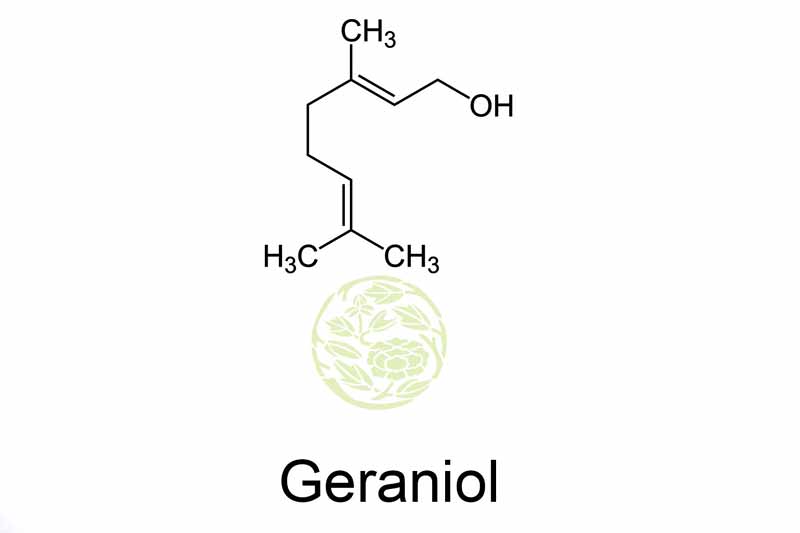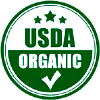Quick Facts
Name: Geraniol
Chemical Name: 3,7-Dimethyl-2,6-Octandien-1-Ol
Chemical Formula: C10H18O
Appearance: Liquid
Molecular Weight: 154.2
Odour: Mild and Sweet Odour Floral Rose alike
Specific gravity: 0.875 to 0.883 at 250C
GLC Purity: Geraniol 99.3%
Refractive Index: 1.474 to 1.479 at 200C
Colour: Colourless
Geraniol is an active ingredient in insect repellent products and has been proven effective in keeping away a wide variety of insects like mosquitoes, stable flies, house flies, home flies, fleas, gnats, fire ants, dog ticks, lone star ticks etc. In ancient times people have been planting geraniums in window boxes so that the natural properties of geranium flowers could repel bugs. The use of geranium has been traditional and has been passed on to generations. The use of geranium oil has also become popular and the geraniol which is a powerful ingredient extracted from the geranium oil through a unique refining process provides a natural and effective way to ward off insects.
Colourless Oily Liquid
The normal geranium plant which is grown in gardens and pots contain geranium oil in low levels. This plant is assigned for commercial oil production and is grown and refined widely in countries like Nepal and Southeast Asian countries. Geranium is not expected to be potentially toxic or harmful and is safe for universal or precise use in food. It is not persistent and bio-accumulative. Geraniol is acyclic monoterpene-alcohol and is colourless oily liquid with a sweet rose like scent. When it is oxidized geraniol becomes geranial or citral. It blends with carrot, coriander, lemon, lime, nutmeg, bergamot, orange, rose, blueberry and blackberry oils. Geraniol, which is a natural antioxidant, is recommended to help prevent cancer.
Important Component of Essential Oils
As per studies, it has come to a conclusion that geraniol, which is important component of plant essential oils, restrain growth and polyamine biosynthesis in human colon cancer cells. Another study says that the pancreatic cancer growth is repressed by the dietary isoprenoids, farnesol and geraniol. Geraniol, farnesol and perill alcohol hold back pancreatic tumour growth. Geraniol is also used as an ingredient in different types of perfumery and flavouring. It is also known as Lemonol, beta-Geraniol, trans-3, 7-Dimethyl-2,6-octadien-1-ol. The functional group foundation on geraniol, without the terminal OH is called geranyl and it is important in biosynthesis of other terpenes. Geranyl is a by-product of the metabolism of sorbate and because of this it is a very unpleasant pollutant of wine if bacteria are allowed to grow in wine.

-
Nice product, excellent communication, low price, swift shipping
Alena-NSW, Australia 23 September, 2015
Write a Review





